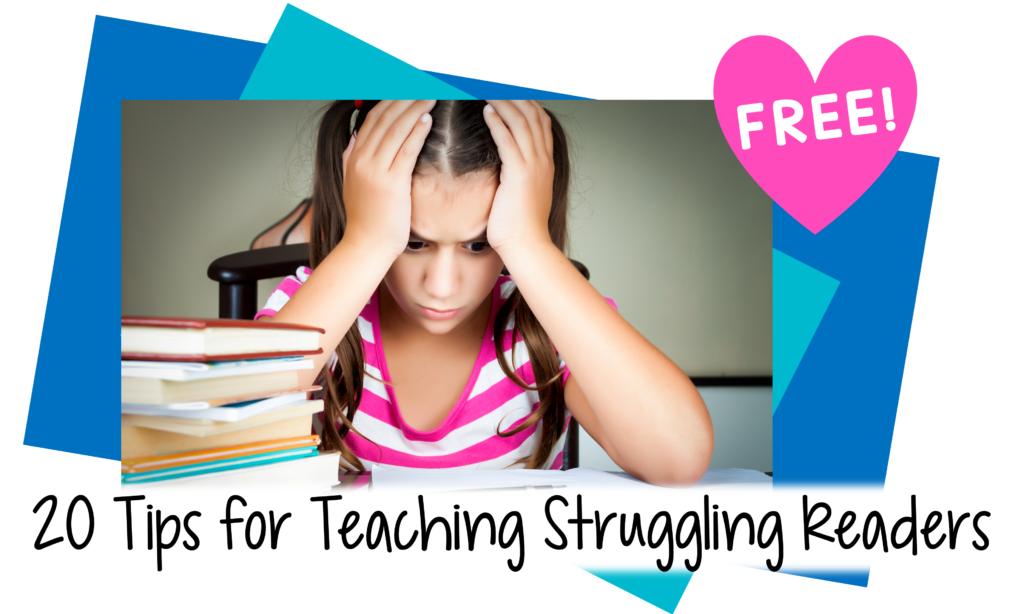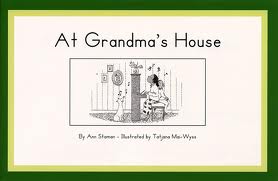NOTE: The Handprints publisher was bought out by a larger publisher who decided to drop the series. I am told that the editors are seeking another publisher for the Handprints series.
I hate to brag, but I am extremely proud of my series Handprints, the 120 leveled books I wrote for children at the early stages of learning to read. Creating these books, also called leveled readers, was a complicated process, and I wanted them to be different in several ways from other available books of the same type.
Leveled Readers
Some people think that “leveled” means “simple,” but leveled books are carefully designed to span a range of reading levels from very easy and highly predictable, to much more advanced and decidedly unpredictable. Many factors go into the creation of leveled readers:
- language pattern
- sentence length and structure
- type of sentence
- word choice
- number of high frequency words
- repetition of high frequency words
- decodable words
- text font, spacing, and line placement
- picture support
I kept close track of all the elements above as I created and field tested the texts for the Handprints books.
How Handprints Books are Different
I designed Handprints books to be different from other leveled readers in several ways:
- less predictable
- with more decodable words
- with more advanced sentence structure.
I wanted the readers of my stories to become more competent at reading by relying less on predictability, practicing decoding of unfamiliar words, and learning to deal with more complex sentence structure.
Less Predictable
The easiest leveled books are highly predictable, and I do have many of them in the set. These books have a consistent language pattern with strong picture support, and can be read by children who are the very beginning stage of learning to read.
But children who spend too long on highly predictable books can get the wrong message about reading and conclude that it involves memorizing language structure, looking at pictures, and guessing at words.
So I also designed a large quantity of Level B/2 books specifically to require young readers to look at print. Instead of using an entirely consistent sentence pattern, there are minor changes in the language, so children have to pay attention to the words to read the texts.
Below are sample sentences from a few Level B/2 Handprints readers.
From A Seed
Here is a seed.
Here is the dirt.
From Love
I love monkeys.
Dad loves bears.
From The Parade
I like the bikes.
Mom likes the horses.
You can see how students encountering slightly altered sentence structures would need to look at print rather than relying on predictability and guessing at words.
More Decodable Words
At the time when I was writing Handprints, many leveled books–such as the Rigy PM Readers–were primarily sight-word oriented. To the contrary, I wanted my beginning readers to have to use their decoding skills, as well as their sight vocabulary and other strategies, to read my books.
While paying close attention to the number of high frequency words I included in the books, as well as how many times they were repeated in each book, I didn’t want children to depend merely on their sight vocabulary to read my stories.
I kept careful track of the phonics skills that were being taught in kindergarten, first, and early second grade and made sure to include corresponding words in the books that the readers would have to decode.
More Advanced Sentence Structure
As I created the Handprints series, I also paid close attention to the length and types of sentences I used at different levels and tried to ensure that, as readers advanced to higher reading levels, they would be encountering more advanced language. Here are some examples of different types of sentences from easier, middle, and more challenging books in the set. Note the simple, compound, and complex sentence types.
From A Cat’s Dream (Level A/1)
I am a cat. (simple sentence)
From At the Water Park (Level E/8)
“I can go on this ride,
and you can’t!” (compound sentence)
From The Last Chick (Level J/18)
When it was time for the last chick to go in the box, she [the teacher] said to Marco, “Do you
hear that chick peeping?” (complex sentence)
In my opinion, many authors of leveled books keep their sentences short and simple for too long. The gradually more challenging sentence structures in these Handprints texts at advancing levels help children to develop their comprehension skills.
———-
These three features–predictability, decodability, and sentence structure–make my Handprints books more challenging than many, if not most, other leveled books on given levels. For this reason, many teachers have told me that my books are the last ones they have their students read before moving them to the next text level. When I hear that, I feel that I have achieved my purpose. “Leveled” should only mean “simple” at the lower levels.
———-
Here is one of my favorites Handprints books–and it’s free! Note, as you read it with your students, that there is a broad pattern to the text, but not to the extent that the reader can predict the words. Children have to decode several words in the test (e.g., today, homework, housework); and the book includes simple, compound, and complex sentences–appropriate for Level E/8.
———-
Here are some testimonials from teachers who have used the Handprints books.
As a reading specialist, I use Handprints books for my early readers and I recommend them to classroom teachers. Children love the engaging stories and characters. Teachers love the way the books scaffold young readers with a combination of natural language structure, high frequency words, and solvable words. The price is also much more reasonable than many leveled books. Love them!
Susan MSV Vincent, reading specialist and former Reading Recovery Teacher
As I reflect on my past 20 years of doing small group reading instruction I get an immediate picture in my mind of excited early readers responding in genuine ways to Ann Hollingworth’s wonderful Handprint books. Each book tells a simple, yet compelling story which beginning readers connect to their own lives and what they know about. Each book is carefully crafted and leveled to meet the exact needs of a wide range of readers. Selecting an engaging, meaningful book for one of my reading lessons is made so much easier and worthwhile when having a closet full of Hollingworth’s delightful books.
Sanford I. Roth, Ed.D., former Reading Recovery teacher and Literacy Collaborative trainer
I am teaching assistant for AIS grades K-5. My district uses your Handprints series. I absolutely love them! You have found a way to incorporate sight words and word endings, which are so important for beginning readers, into stories that my students love and understand. The illustrations are the perfect compliment to the narrative and help my students with their comprehension. In the midst of the COVID pandemic with the majority of my instruction being virtual I wanted to know if your books are in a digital format?
Anne Marchetti, Teaching Assistant, Hyde Park Central School District




2 Comments
Leave your reply.